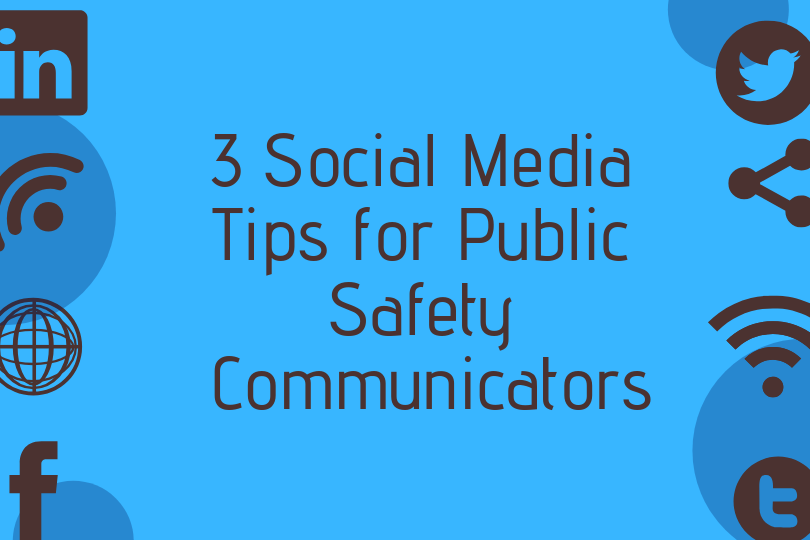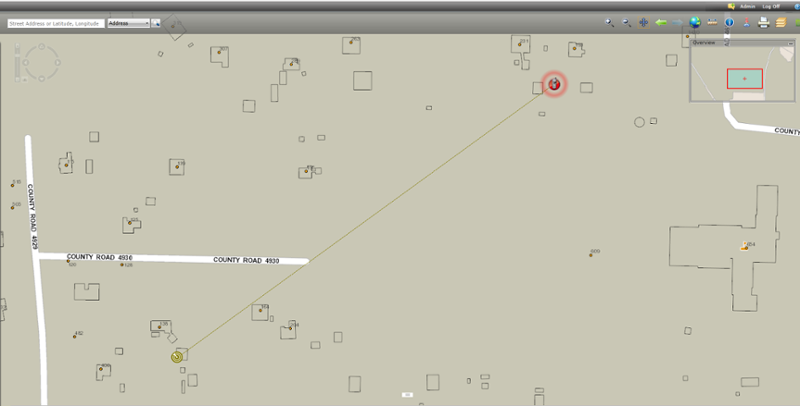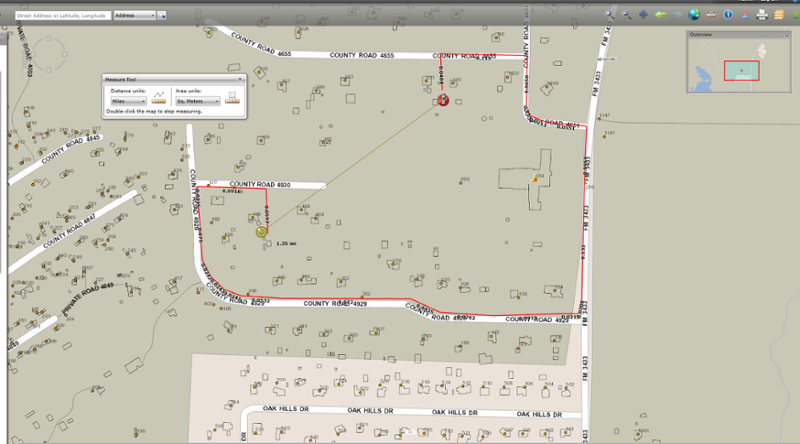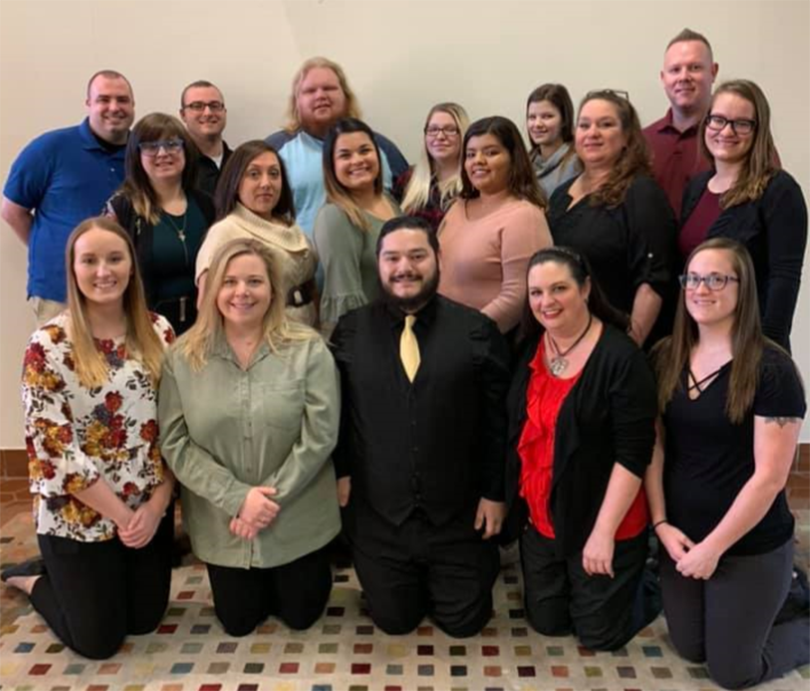3 Social Media Tips for Public Safety Communicators
Social media is nothing new in the public safety industry, but lots of organizations still struggle to find a winning strategy that educates their public about their local police, fire, and emergency services. Social media is a complex communications method, but it can be hugely successful in educating your public if used correctly.
We broke down three easy ways your organization can use social media to educate your community.
- Know your goals and how to measure them
Posting to social without a strategy or agenda is not going to educate your public. Before you sit down to create a social media post, ask what your goals are. You know you want to bring awareness toward public safety, but what key takeaway do you want the public to learn, and how are you going to decide if you’ve achieved that goal?
Maybe you’re trying to spread the news about a string of recent break ins in your community. The goal here is awareness, so your measurement tool would be number of shares or retweets and, of course, your overall reach. However, if you were advertising a public education event and post a link to a webpage for more information, you’d be more interested in the number of clicks.
- Use the right messaging for the right platform
Not all social media platforms are the same, and your messaging will differ across channels. You can push the same topic on multiple channels, but how you talk about it should be unique for each platform.
Facebook has turned into a generic platform where anything from entertainment to education to personal updates live. It’s a safe bet that whatever topic you’re pushing can live on Facebook and reach your desired audience, but that means the language you use needs to relate to various publics. Skip the public safety jargon and focus on conversational phrases, even for more serious content like crime reports or press releases. You’ll see more engagement, and those goals we talked about before will be easier to meet.
Twitter, on the other hand, has a unique messaging style. Not only are you limited by characters (280 as of 2017), but Twitter also has a unique voice and an active community where rumors can spread quickly. Choose your words carefully, be accurate, and don’t shy away from hashtags. It’s okay to be casual in your language here as well, however, public safety organizations should tread carefully, as the platform has become a foundation for controversial political discussions and a hot bed for public relation nightmares. Think twice before you tweet, always look at message from every angle, and make sure you know what a hashtag represents before you use it.
LinkedIn is a social media platform where public safety professionals can really shine, because your content should speak directly to fellow professionals. This platform is dedicated to helping industries learn from each other, so feel free to break out the jargon. Ask questions to encourage engagement, and answer any comments to get the conversation flowing.
- Plan ahead
Do you know what social media content you’re going to post to your public safety page next week? What about tomorrow? If not, it’s time to start strategizing. Social media channels need more attention than an occasional post after an important event; they need to be nurtured and developed just like any other communications tool. The best way to do this is to plan your social media strategy ahead of time, and schedule your content out as far as possible. This will give you time to plan your content, understand what your goals are, and write the right kind of messaging for each platform.
Social media is an important tool, and it can help your public safety organization educate your community, but only if used correctly. It takes a lot of time and dedication to do social media right, but if you start with these tips, you’ll be headed in the right direction.








